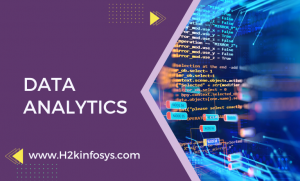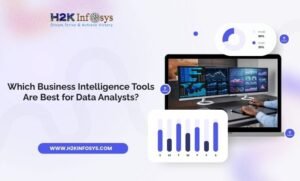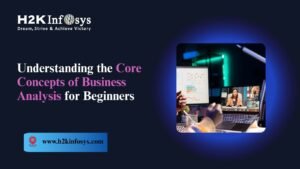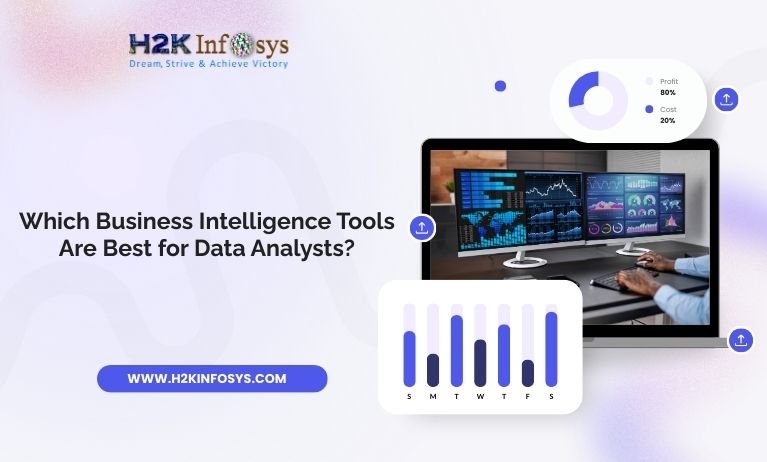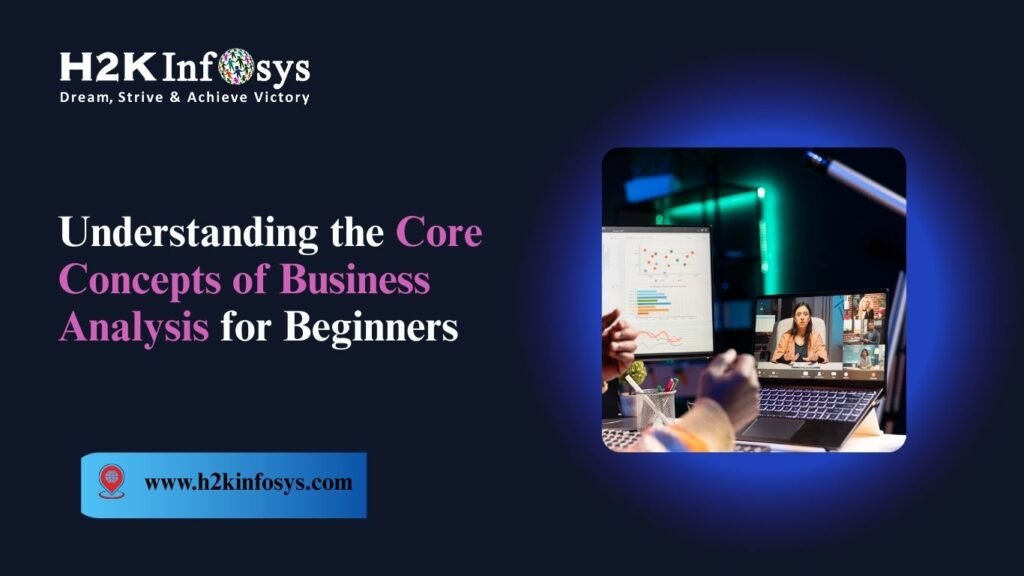Introduction: Why Tools for Statistical Analysis Matter Today
In today’s data-driven world, organizations thrive on their ability to extract meaningful insights from data. However, without the right Tools for Statistical Analysis, even the richest datasets are of little value. Whether you’re enrolled in a Data Analytics course online or aiming for a Google Data Analytics Certification, understanding and mastering these tools is vital to your success.
This guide explores the most widely used Tools for Statistical Analysis in the industry, how they help in real-world decision-making, and why they are key components in any comprehensive Online Data Analytics Certificate program.
Microsoft Excel: The Entry Point into Statistical Analysis
Why Excel Remains an Essential Tool
Excel is often the first step for learners in any Data analytics beginners course. As one of the most accessible Tools for Statistical Analysis, it empowers users to handle everything from basic descriptive statistics to regression models.
Key Features:
- Statistical functions: STDEV(), CORREL(), LINEST()
- Pivot tables for dynamic summarization
- Trendline and forecasting visualizations
Excel is widely used in data analytics classes online, particularly for business operations and sales analysis.
R: Specialized and Powerful for Deep Statistical Work
R stands out among the Tools for Statistical Analysis because it is designed specifically for statistical computing. It’s heavily featured in advanced Data Analytics Certification programs.
What Makes R Valuable:
- Libraries like caret, ggplot2, dplyr make data analysis powerful and flexible
- Ideal for performing ANOVA, clustering, and logistic regression
- Visualizations are publication-ready
R is highly preferred in academia, health research, and finance, where deep statistical modeling is necessary.
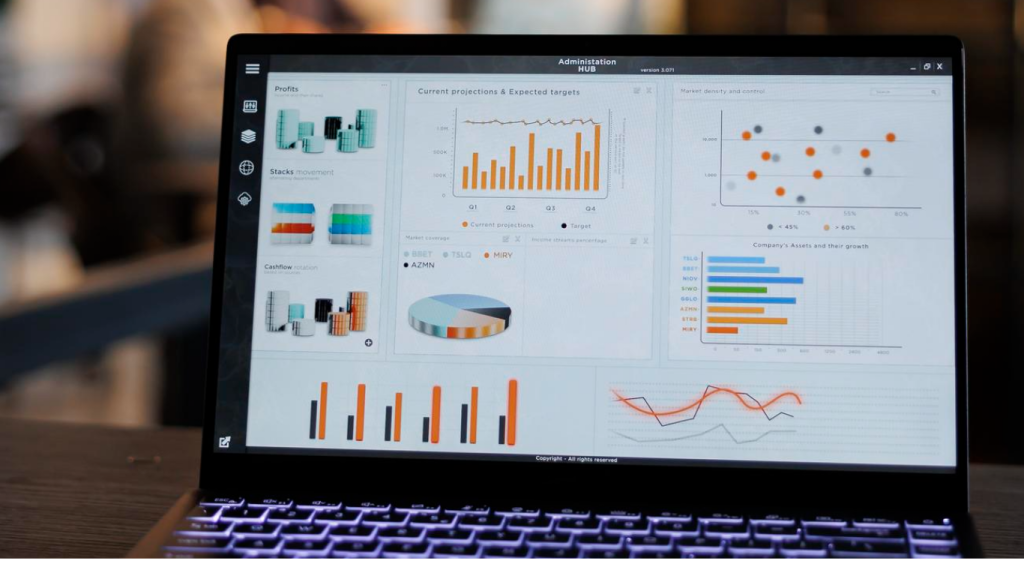
Python: The All-Rounder for Statistical Computing
Python continues to rise as one of the most in-demand Tools for Statistical Analysis due to its adaptability and user-friendly syntax. From beginners to data scientists, it supports a wide array of functions across analytics and automation.
Essential Libraries:
- Pandas, NumPy: Data structures and statistical functions
- Scipy.stats: Hypothesis testing
- Statsmodels: Regression models
- Seaborn, Matplotlib: Visualization with statistical overlays
Sample Use:
A user in a Google data analytics course might use Python to perform linear regression on sales data and visualize seasonal trends.
SPSS: Intuitive Tool for Social Sciences and Surveys
SPSS (Statistical Package for the Social Sciences) is a GUI-based tool commonly taught in Online courses for Data Analytics, especially for non-coders. It’s one of the more specialized Tools for Statistical Analysis for social science, psychology, and survey-based data.
Capabilities:
- Crosstabs and Chi-square tests
- Descriptive statistics
- Factor analysis
SPSS is especially helpful for learners aiming for roles in HR analytics, customer satisfaction research, and academic institutions.
SAS: Enterprise-Grade Analytics at Scale
For professionals working in sectors like banking, healthcare, or government, SAS remains a leading name among Tools for Statistical Analysis. It’s engineered for robust, scalable analysis and is a staple in corporate settings.
Benefits:
- Scalable handling of massive datasets
- Advanced forecasting, econometrics, and time series tools
- Excellent documentation and enterprise support
Students in the best data analytics courses often find SAS to be crucial when moving into enterprise analytics roles.
Tableau: Visual Statistical Storytelling
Though primarily a visualization platform, Tableau integrates statistical functions, making it one of the most engaging Tools for Statistical Analysis for exploratory data work.
Features:
- Trend lines, clustering, forecasting
- Integration with R and Python for advanced modeling
- Interactive dashboards for real-time exploration
Real-World Example:
An operations team might use Tableau to identify correlations between delivery times and customer ratings, as taught in a Data Analytics certificate online program.
Power BI: Microsoft’s Data Intelligence Tool
Power BI bridges business intelligence with Tools for Statistical Analysis by offering drag-and-drop analytics, trend identification, and integration with DAX (Data Analysis Expressions).
Why Power BI?
- Simple interface for business users
- Supports statistical visuals like scatter plots and histograms
- Real-time collaboration and data sharing
It’s particularly valuable for professionals pursuing a Data analytics course near me who need to build dashboards for internal business reporting.
SQL: The Backbone of Data Analytics
Every data analyst should be fluent in SQL. While not a statistical tool by design, SQL becomes one of the most powerful Tools for Statistical Analysis when paired with aggregations and window functions.
Statistical Functions in SQL:
- Averages, medians, and percentiles
- Group-based comparisons
- Data cleaning and transformation
SQL is essential for querying relational databases before applying deeper statistical models using R or Python.
JASP and Jamovi: Easy-to-Use Alternatives
For those looking for simple, free Tools for Statistical Analysis, JASP and Jamovi offer an attractive GUI with the power of R in the backend.
User-Friendly Features:
- Point-and-click statistical operations
- APA-style outputs
- Ideal for students without coding experience
These are commonly introduced in data analytics beginners courses to help learners quickly get up to speed on statistical concepts.
Google Sheets: Lightweight Yet Effective
Google Sheets may seem basic, but it’s one of the most convenient cloud-based Tools for Statistical Analysis, especially for small teams and collaborative environments.
Key Capabilities:
- Built-in statistical functions
- Add-ons for regression and forecasting
- Real-time sharing and editing
It’s a go-to option for startups, small businesses, and students in a Google data analytics certification program looking for quick calculations and visual summaries.
Comparative Overview of the Tools
| Tool | Coding Required | Best For | Role in Analytics |
| Excel | No | Beginners | Entry-level stats and reporting |
| R | Yes | Academics, Data Scientists | Advanced modeling and research |
| Python | Yes | General-purpose analytics | All-around analysis and automation |
| SPSS | No | Social science, HR | Survey and psychological research |
| SAS | Yes | Enterprise analytics | Fraud, forecasting, customer behavior |
| Tableau | No | Dashboards and visuals | Real-time storytelling and analytics |
| Power BI | No | Business users | Operational dashboards and business logic |
| SQL | Yes | Data querying | Data manipulation and preparation |
| JASP/Jamovi | No | Non-coders, educators | Simplified stats, APA reporting |
| Google Sheets | No | Quick collaborative analysis | A/B testing, metrics tracking, remote collaboration |
How to Choose the Right Tools for Statistical Analysis
Choosing the right tool depends on your background, industry, and goals:
- If you’re a beginner: Start with Excel or Google Sheets.
- If you’re moving into research or academia: R or SPSS will serve you well.
- If you’re seeking a career in data science: Python is a must.
- If you want to build dashboards and visuals: Learn Tableau or Power BI.
- If you’re working with databases: SQL is non-negotiable.
At H2K Infosys, we help you navigate and master these Tools for Statistical Analysis through our job-ready, hands-on Data Analytics Certification programs.
Conclusion: Learn, Practice, and Apply the Right Tools
In the competitive world of analytics, knowing theory isn’t enough. You need practical experience with industry-standard Tools for Statistical Analysis to be truly job-ready.
Each tool listed above empowers you to tackle data challenges from multiple angles, visual, numerical, or predictive. That’s why every Data Analytics course online at H2K Infosys is built with these tools in mind.
Enroll in H2K Infosys’ Data Analytics program to master industry-leading Tools for Statistical Analysis and unlock your career potential today.


